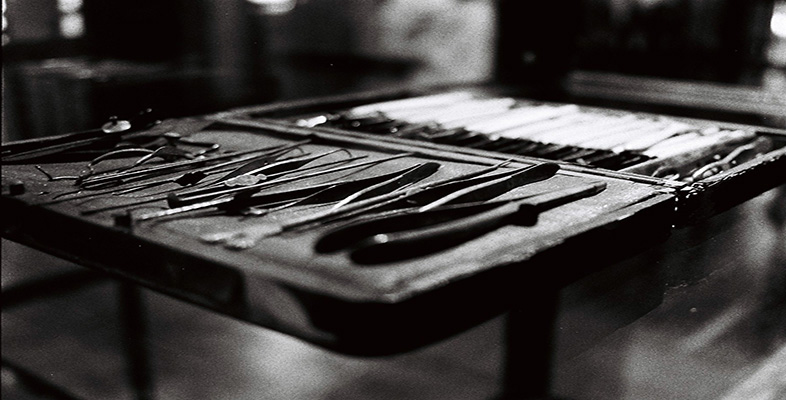7.3 Childbirth
One aspect of life which is often seen as having been ‘medicalised’ in the twentieth century is that of childbirth. Historians argue that until the nineteenth century, pregnancy and birth were dealt with within families, with minimal input from medical practitioners. By the late twentieth century, pregnancy was labelled as a form of illness by some practitioners, births took place in hospital and pregnant women, new mothers and their babies were subjected to constant supervision by medical personnel. What about the early twentieth century? Had birth come under the control of the medical profession by 1930?
The answer has to be that it had not. Although obstetrics and gynaecology emerged as specialist areas of medicine around this time, doctors and nurses did little to monitor the health of pregnant women – in part because there was little they could do to help women in the event of complications. Even after local authorities in England and Wales established antenatal clinics, many women attended only once or twice. The medical profession did exert some control over birth, as a consequence of a concern about persistently high levels of maternal mortality. Not surprisingly, practitioners chose to focus on clinical problems associated with birth, such as sepsis and haemorrhage, rather than on social factors, such as poor diet and long working hours, which were also associated with death in childbirth. Their chosen solution to these problems was to encourage women to give birth in hospital, in sterile conditions and with medical staff on hand. The proportion of births taking place in hospitals began to rise at this time – from 15% in 1927 to 24% in 1933. This shift towards hospital birth was not entirely due to pressure from medical practitioners. Women welcomed the prospect of giving birth in hospital under anaesthesia – which midwives working in the home were not permitted to offer – and grasped the opportunity to take a few days' rest away from domestic responsibilities after the birth. The three-quarters of all babies that were born at home were also brought under a degree of medical supervision. In the twentieth century, midwives were required to be registered and to have gone through a set training programme. They were required to call in a GP if there were complications, and were told to use aseptic techniques (although these were very difficult to achieve in poor households) (Lewis, 1980, pp. 117–61; Loudon, 1992, pp. 234–53).
Even in 1930, doctors had at best limited influence over pregnancy and childbirth. Their input would have varied between classes. A middle-class women, able to afford regular visits from a general practitioner, and to pay for childbirth in a hospital or nursing-home, would have been under regular, if not constant, medical supervision. A poor mother would have had little contact with medical services during pregnancy and would have called in a midwife to attend at the birth (Llewelyn Davies, 1978). Overall, then, early twentieth-century medical practitioners had greater influence over the sick and the healthy than had their nineteenth-century counterparts, but this influence was not all-pervasive, and nor did it go unchallenged.
